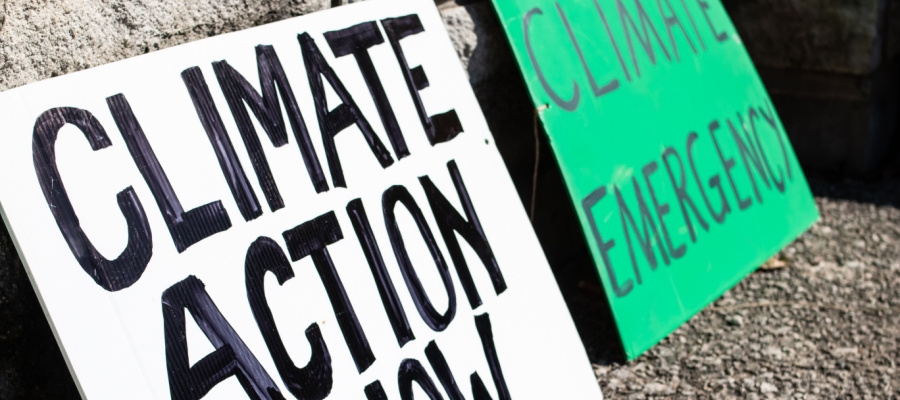Out of the Closet on Site C
For years, successive BC governments have forbidden any new large-scale hydro dams. When I was on the BC Hydro Board of Directors in the mid-1990s, the Board passed a motion that all government land-holdings associated with Site C should be sold. The BC Hydro Board was against building Site C, or any other large dam, because of the negative effect on people and the environment and because there was no crucial need for new large-scale electricity projects.
Despite these reasons for being against Site C, I now believe that the dam should be built, because the damage caused by Site C would be considerably less than the damage now occurring due to the government’s energy plans.
Under the Energy Plan, instead of the government building new generating facilities, a system of private power projects were to be undertaken, including small “run-of- river” (ROR) hydro projects. There are serious problems with this approach: the private nature of these undertakings, the lack of coordinated planning, and the disjointed nature of environmental assessments that occur for each individual project.
Here is a comparison of Site C with the biggest private project currently under consideration at Bute Inlet:
Site C would have a capacity of 900 megawatts, providing 4600 gigawatt hours per year of energy. It would have a net reservoir area of 5,341 ha, double the width of the current river for 83 km, and impact 10,303 ha of land. The new transmission lines would use and widen the existing right of way. Site C would have 30% of the capacity of The Bennett Dam, BC’s largest dam, with only 5% of the reservoir area. The environmental impact would be significant, but because the dam would be on a regulated river below two existing dams, it would be much less than creating a new dam on an undeveloped river.
The Bute Inlet project is to be built by a private company, Plutonic Power. It will encompass three major drainage areas and 17 interconnected hydroelectric facilities with a total capacity of 1,027 MW. The projects will be connected to a substation through 216 km of collector transmission lines on new rights of way. The substation will need an additional 227 km of transmission to be connected to the electrical grid. The environmental devastation here will be huge because of the enormous reconfiguration of the hydrology of these watersheds.
All of the new “green” private power projects have a negative environmental impact. However, because they are assessed individually, rather than as an interconnected system, they tend to receive environmental approval easily. While small-scale hydro plants (usually less than 30 megawatts) are normally defined as renewable, and preferable to large-scale hydro, size alone cannot determine environmental impact levels. According to the Pace University Center for Environmental Legal Studies, which evaluates the environmental impacts of different sources of electricity, size is an especially poor indicator of the environmental impacts of a hydropower facility. For example, small facilities that de-water river reaches and block fish passage can be more environmentally destructive than larger facilities designed and operated to reduce environmental impacts. Unfortunately, the notion that small is good and large is bad has gained widespread political support.
BC Hydro’s Long Term Acquisition Plan identified 8,242 potential sites for electricity generation in the province. So far over 500 applications have been made by private corporations for the water licenses on these potential sites and 46 projects are now either built or under construction.
Since it is clear that strong regulations reducing electricity consumption will not occur in BC, Site C now makes sense. It would obviate the environmental disasters that occur through projects like Bute Inlet. When new project building is totally in the public sector it receives the oversight that is normal in a coordinated system. This includes transparency with regard to the total impact on the environment, local communities and resources, and Aboriginal people.
This is a shorter version of an article that appeared in BC Studies Number 161, Spring 2009
Topics: Climate change & energy policy, Environment, resources & sustainability


